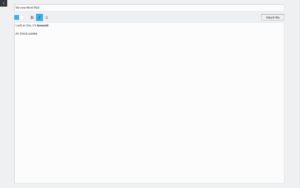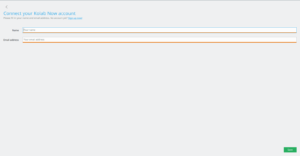After some investigation into the nvidia driver issue, the flatpak has now been rebuilt based on the org.freedesktop.Platform runtime.
A limitation of flatpak currently keeps flatpak from making the appropriate driver available from any other runtime.
As a nice side-effect the overall size of the flatpak has been reduced by removing some unnecessary parts.
If you have already installed Kube, please follow the following instructions to update to the latest version (in all other cases, install it now):
Update to the latest version (please note this will also automatically install the new runtime and driver extensions):
flatpak -y --user update com.kolabnow.kube
To remove the no longer relevant platform, run the following commands:
flatpak --user uninstall org.kolab.Sdk
flatpak --user uninstall org.kolab.Platform
To check if the relevant driver was installed you can use the following command:
flatpak --gl-drivers
If you have an nvidia card, this should give you a line similar to (depending on your nvidia driver):
nvidia-384-90
To run kube, use:
flatpak run com.kolabnow.kube
Please let us know in the comments if this resolves the issue for you, thanks!
For more info about Kube, please head over to About Kube.



